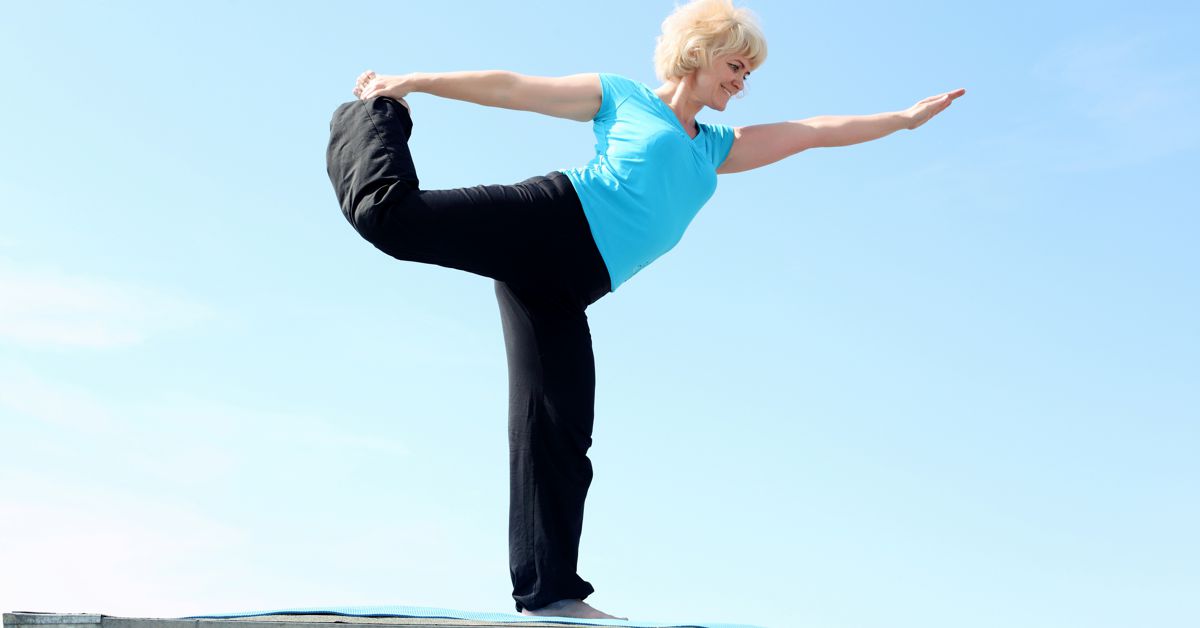How stretching benefits you
Stretching is one of the most important things you can do for your body. It helps to lengthen and strengthen your muscles, improves your posture, and reduces the risk of injury.
It's easy to neglect this important part of a workout because it doesn't feel like you're getting anything done. But it is actually a crucial component in any fitness routine.
It has been proven that stretching before exercise can help improve performance and reduce muscle soreness afterward. And doing it after a workout can help prevent injuries and speed up recovery time.
Some people think that it is only necessary if they are an athlete or someone who exercises on a regular basis but this couldn't be further from the truth.
Even if you don't work out regularly, it's still important to stretch so you don't get too stiff and sore. Stretching your joints and muscles will help keep them strong and injury-free.
There are many benefits of practicing this. It can help reduce the risk of chronic diseases and injuries, improve your mood and sleep quality, and even boost your immune system.
How stretching benefits your workout session
Stretching is not just for yoga enthusiasts and it's time that you start incorporating it into your workout routine.
It is an important part of any fitness routine as it helps to improve flexibility and range of motion, decrease muscle soreness, and can even help to prevent injuries.
The benefits of stretching are numerous and can be felt in both the short-term (during your workout session) or long-term (over the course of a few days).
Stretching is an important component of a workout session. It loosens up your muscles and increases blood flow to the area, which helps with recovery.
Types of stretching
There are many types of stretching. The most common type of stretching is static or passive stretching. This type of stretching is done by holding a stretch for a certain length of time. The second type of stretching is called dynamic or active stretching, which involves the use of movement to stretch the muscles. Active stretches can be performed in different ways, such as swinging the leg back and forth, bending the knee and rotating it from side to side, doing arm circles with both arms at the same time, or shaking out one's hands and fingers.
Static stretches are better for warming up the muscles before exercise, or after a workout to help muscles recover.
How to stretch correctly
Some of the most common stretches are:
- Hamstring stretch
- Quadriceps stretch
- Hip flexor stretch
- Pectoralis stretch
Stretching is a great way to keep your muscles loose and limber. But it can be hard to know how to do it correctly. Here are some basic guidelines for stretching:
-Hold each stretch for at least 20 seconds
-Do not bounce or force the stretch
-Keep your back straight and your stomach pulled in
-Stretch only as far as you can without causing pain
How to correctly incorporate stretching into your workout
It is advisable to stretch before and after your workout for the best results.
There are many different types of stretches that you can do during your workout routine. You should stretch the muscles that you have used in your workout. For example, if you are doing a leg workout, then you should stretch your quadriceps and hamstrings by lying on your back with one leg extended on the floor and the other leg bent at a 90 degree angle with the foot flat on the floor.
You should also stretch all of your major muscle groups including: hamstrings, quadriceps, calves, hip flexors, lower back extensors
Thanks for Reading!
We hope this guide on how stretching benefits you has been informative and helpful.
If you found this article useful, consider saving our site in your bookmarks and sharing it with others who might benefit.
Explore our Fitness section for more articles like this one to enhance your health and fitness journey.

Leave A Comment